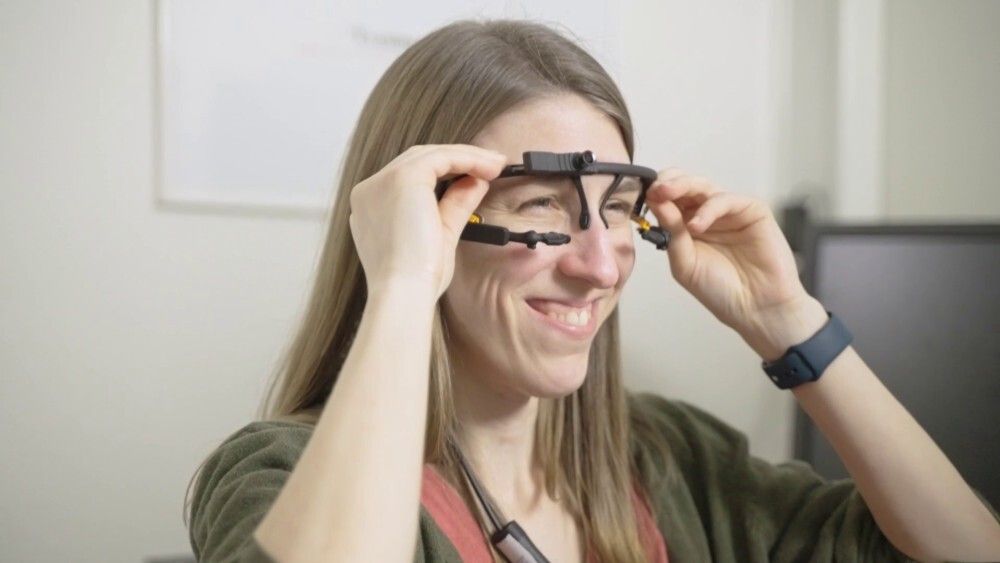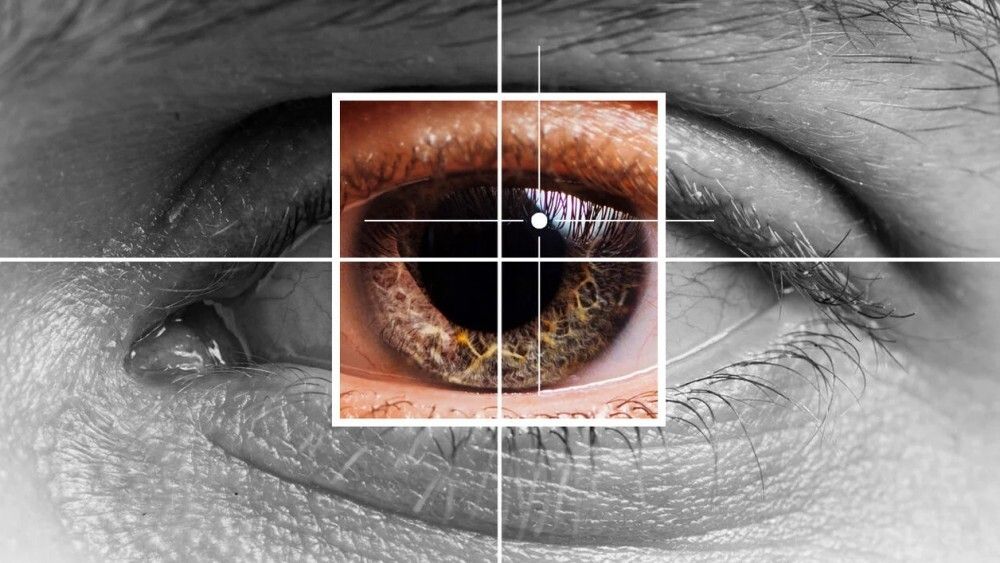I am happy to announce a new online course from RITMO: Pupillometry – The Eye as a Window Into the Mind. This is the third so-called Massive Open Online Course (MOOC) I have been part of making, following Motion Capture and Music Moves. I am excited to get it started on Monday, 16 January.
Discover the applications of pupillometry research
Pupillometry is a relatively new research method within the sciences, and it has wide-ranging applications within psychology, neuroscience, and beyond. This six-week course teaches both pupillometry and eye-tracking methods in depth before investigating some exciting and unusual applications of this far-reaching research method.
The starting point is what we can learn from measuring pupil dilations and what such dilations can tell about our emotions and mental efforts. In the course, we go through the anatomy and physiology of the eye, delving into eye structure and the neuroscience of pupils.
Eye-tracking
Pupillometry is based on eye tracking, a method for measuring gaze and monitoring behaviour. We will look at different types of eye trackers, both stationary and mobile, and explore how they can be used for pupillometry.
After exploring eye tracking and pupillometry in isolation, we examine multidisciplinary pupillometry research approaches in musicology, developmental psychology, and psycholinguistics.

Two-center collaboration
The Pupillometry MOOC has been fascinating to develop because it has been a joint effort with MultiLing – Center for Multilingualism in Society across the Lifespan, another centre of excellence at the University of Oslo.
Taking the course gives learners an overview of pupillometry and eye tracking. We also review relevant data management topics, privacy, ethics, and copyright, giving a solid platform for further exploration.
Researcher training is essential for our centres, and developing a MOOC is an excellent way of scaling up our educational efforts. Then the material is not only available internally but can also be used worldwide.
